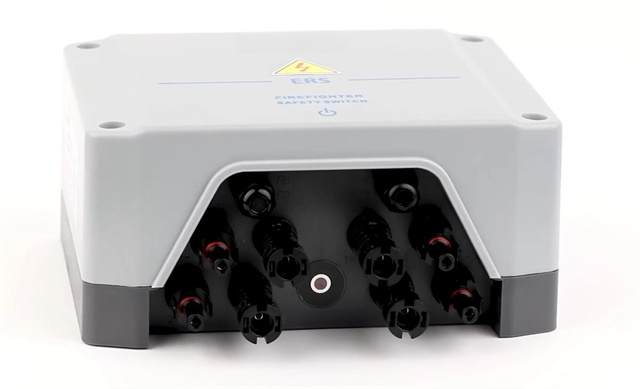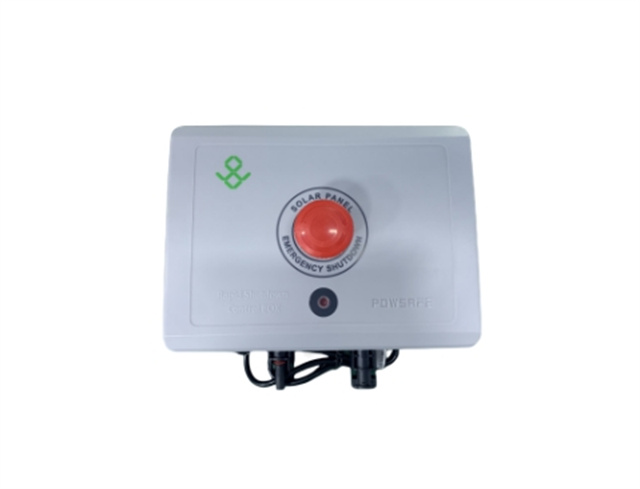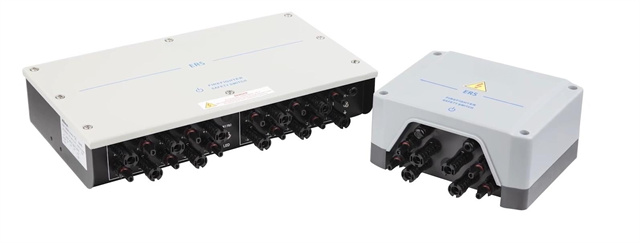Author:BLD Solar Energy SystemFROM:Solar System Converter Manufacturer TIME:2023-08-18
The Effective Usage of Module Level Rapid Shutdown System in the Photovoltaic Industry

In recent years, the photovoltaic (PV) industry has experienced significant growth and widespread adoption. However, as the industry expands, concerns regarding safety have become increasingly important. One crucial aspect of PV system safety is the rapid shutdown of modules in the event of an emergency or maintenance. To address this issue, the Module Level Rapid Shutdown (MLRS) system has been developed and implemented. This article aims to explore the effective utilization of the MLRS system in the photovoltaic industry.

1. Improving Emergency Response: The MLRS system enhances safety by enabling first responders to quickly and safely de-energize PV modules during emergencies. In the event of a fire or other hazardous situations, the MLRS system allows emergency personnel to shut down the power production in a swift and effective manner, reducing the risk of electric shock and fire propagation.
2. Streamlining Maintenance Operations: Another advantage of the MLRS system lies in its ability to facilitate routine maintenance and repair work on PV systems. By providing module-level rapid shutdown capability, the system ensures that technicians can easily and safely disconnect individual modules from the system without affecting the rest of the array. This minimizes downtime and enhances overall system reliability.

1. Compliance with Regulations: When implementing an MLRS system, it is essential to ensure compliance with relevant regulations and codes. Different jurisdictions may have specific requirements for rapid shutdown systems, including the specifications for switch types, wiring, and labeling. Adhering to these guidelines ensures both safety and regulatory compliance.
2. System Integration: Integrating the MLRS system into the overall PV installation requires careful planning and consideration. It is crucial to select compatible MLRS components that seamlessly integrate with the existing PV system's wiring and control infrastructure. Additionally, proper training should be provided to installers and maintenance personnel to ensure correct configuration and operation of the MLRS system.
3. Complementing Other Safety Measures: The MLRS system should be viewed as a complementary safety measure, rather than a standalone solution. Implementing additional safety features such as arc fault circuit interrupters (AFCIs) and ground fault protection can further enhance the overall safety and reliability of the PV system.
The Module Level Rapid Shutdown (MLRS) system has emerged as a vital component in ensuring the safety and reliability of photovoltaic systems. By enabling swift and effective shutdown of modules during emergencies and maintenance, the MLRS system enhances the overall safety of PV installations. However, careful consideration must be given to compliance with regulations, system integration, and the implementation of other safety measures. By implementing the MLRS system effectively, the photovoltaic industry can continue to grow sustainably while prioritizing the safety of installers, first responders, and maintenance personnel.
